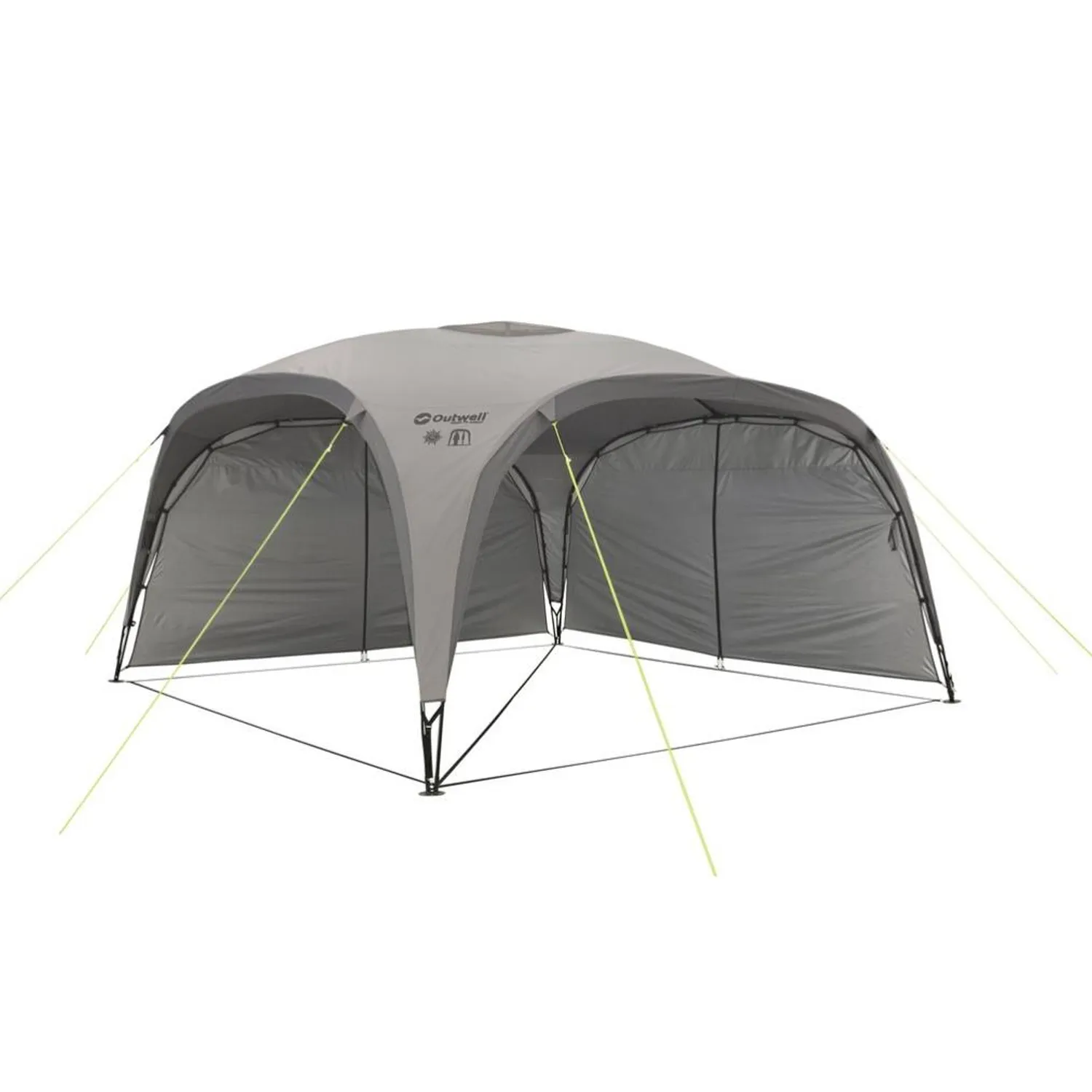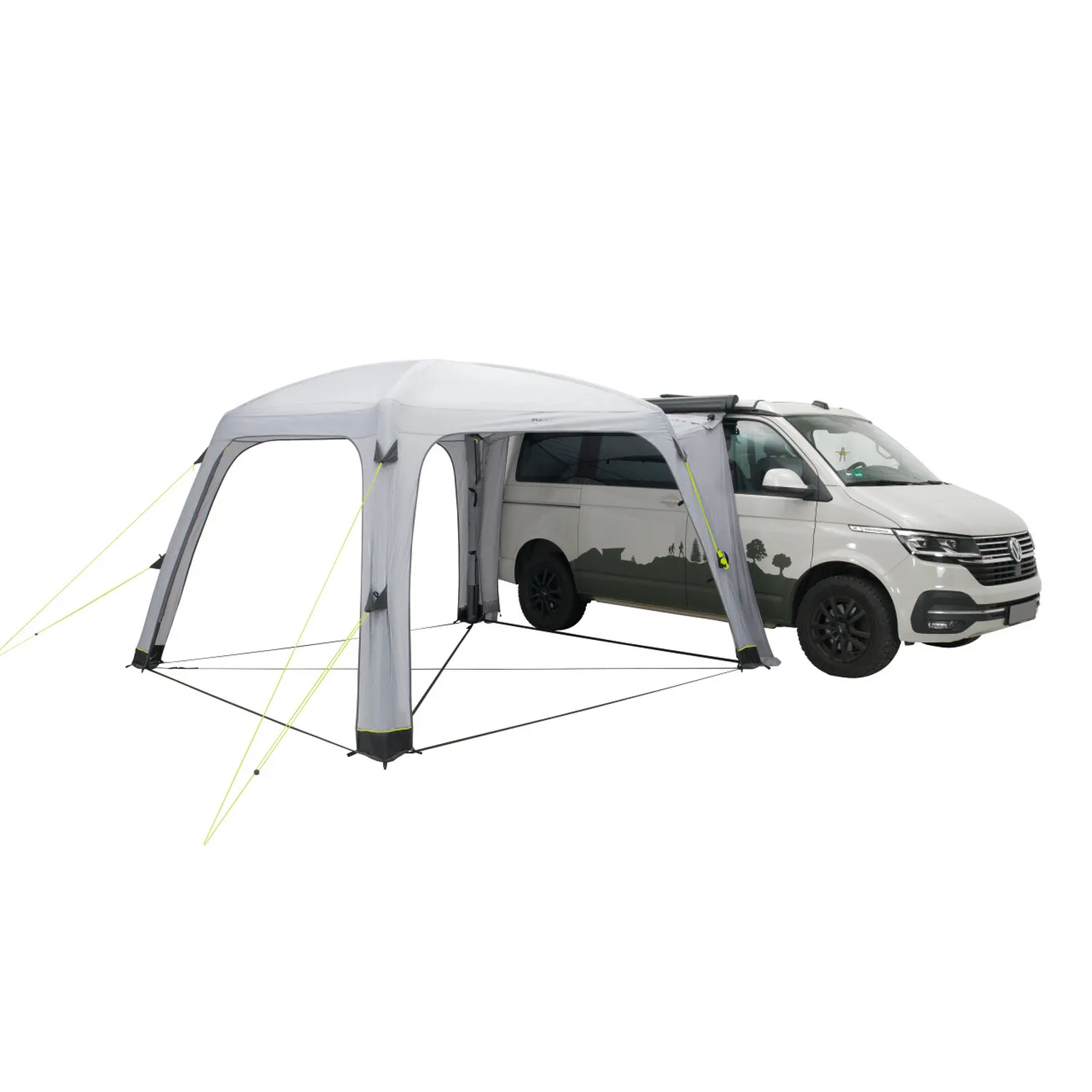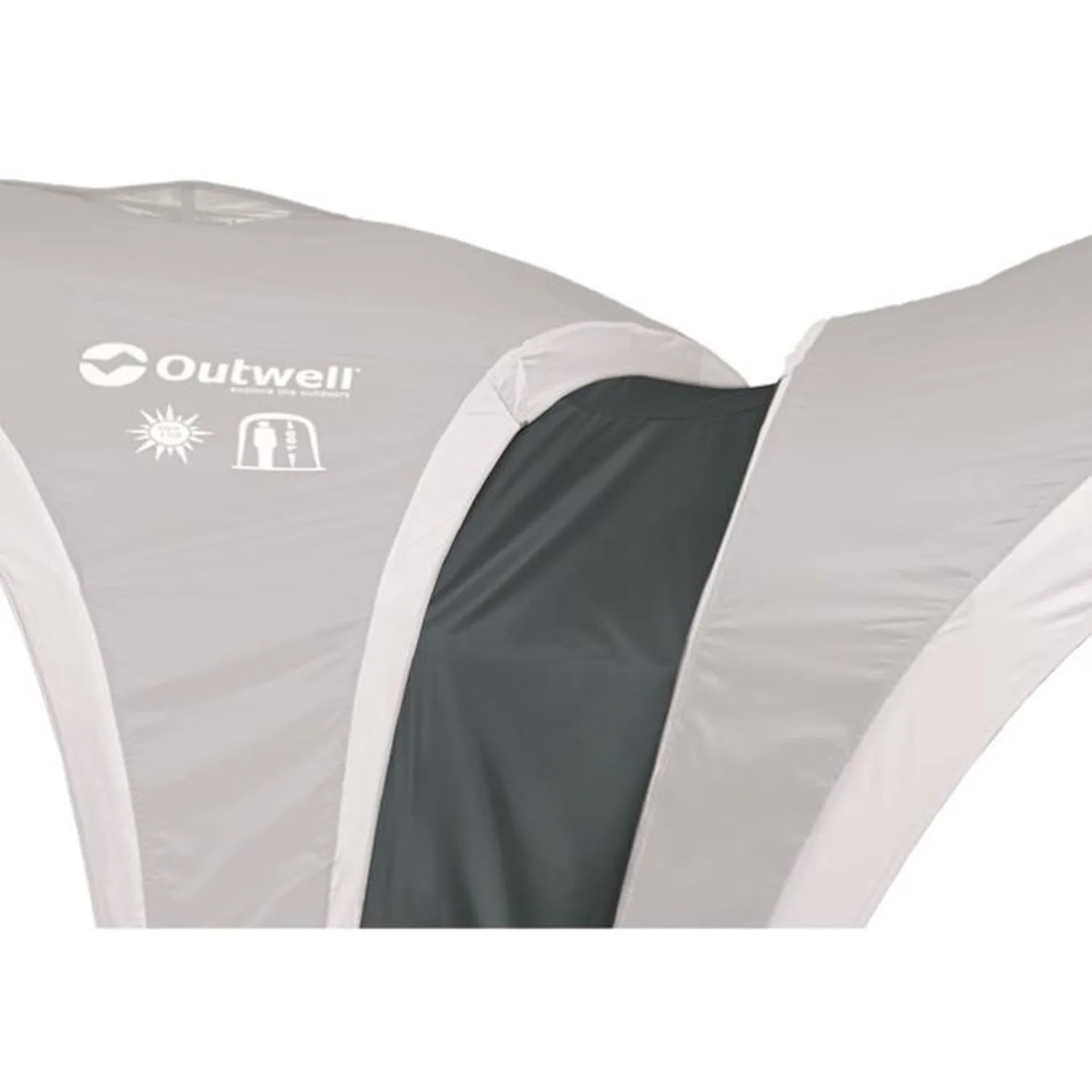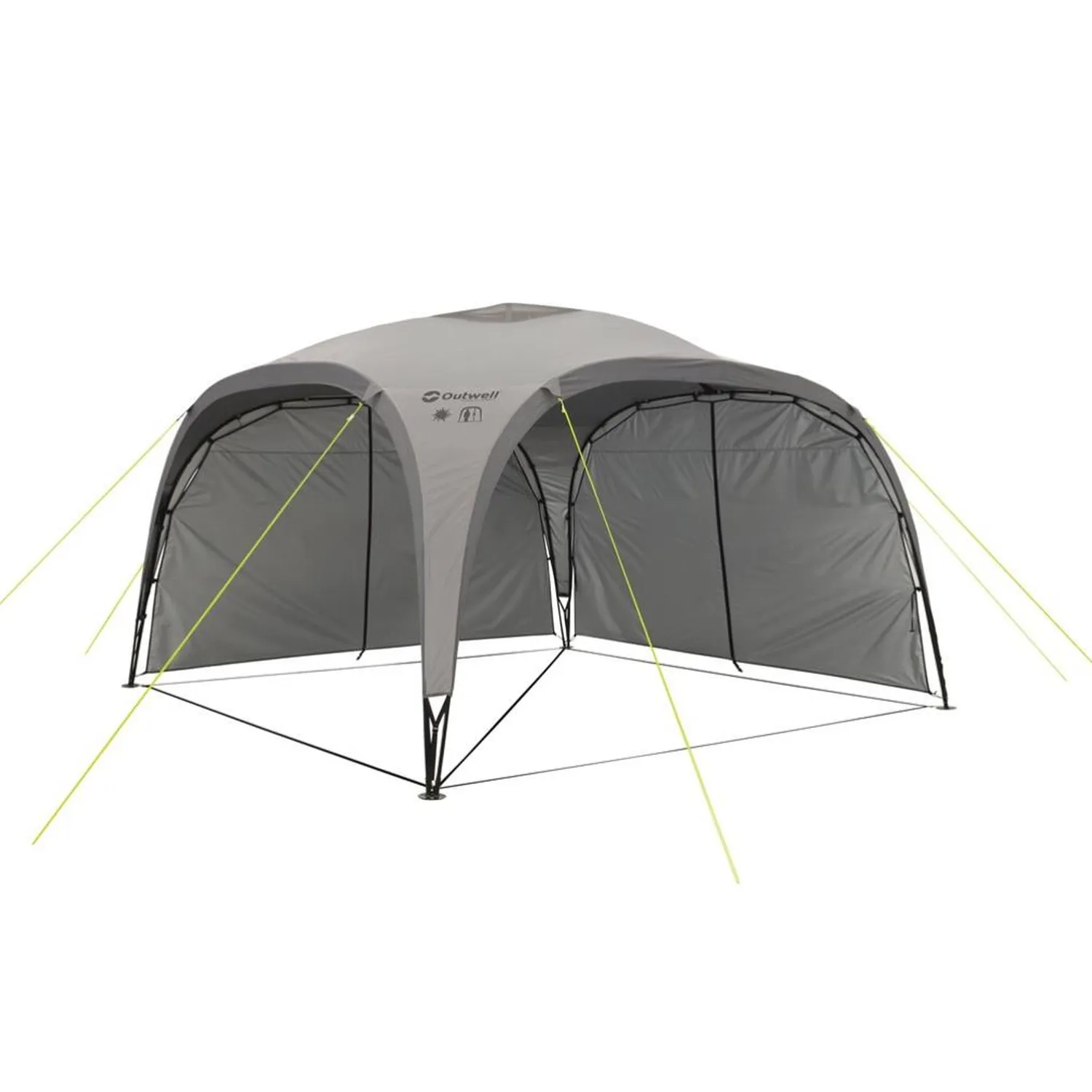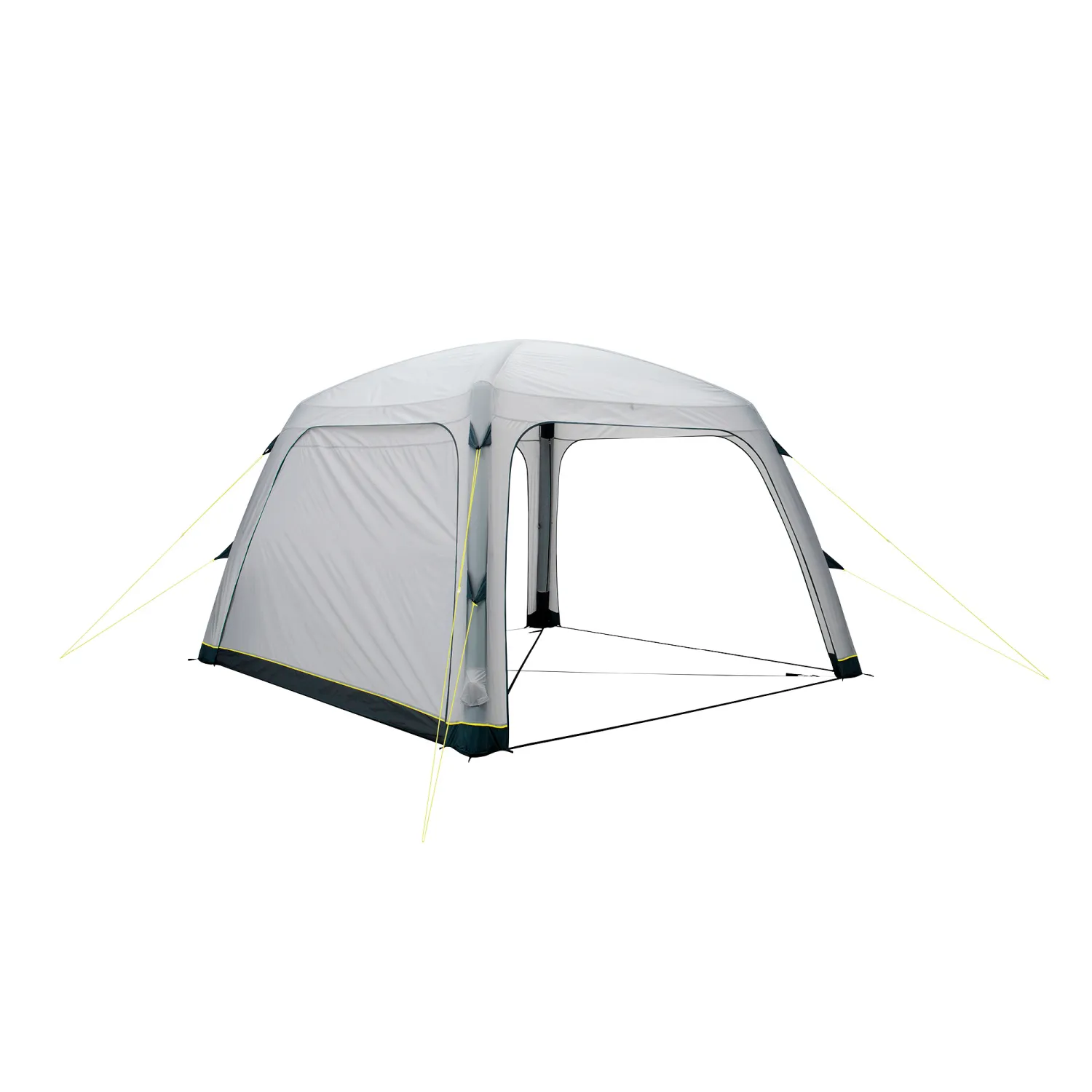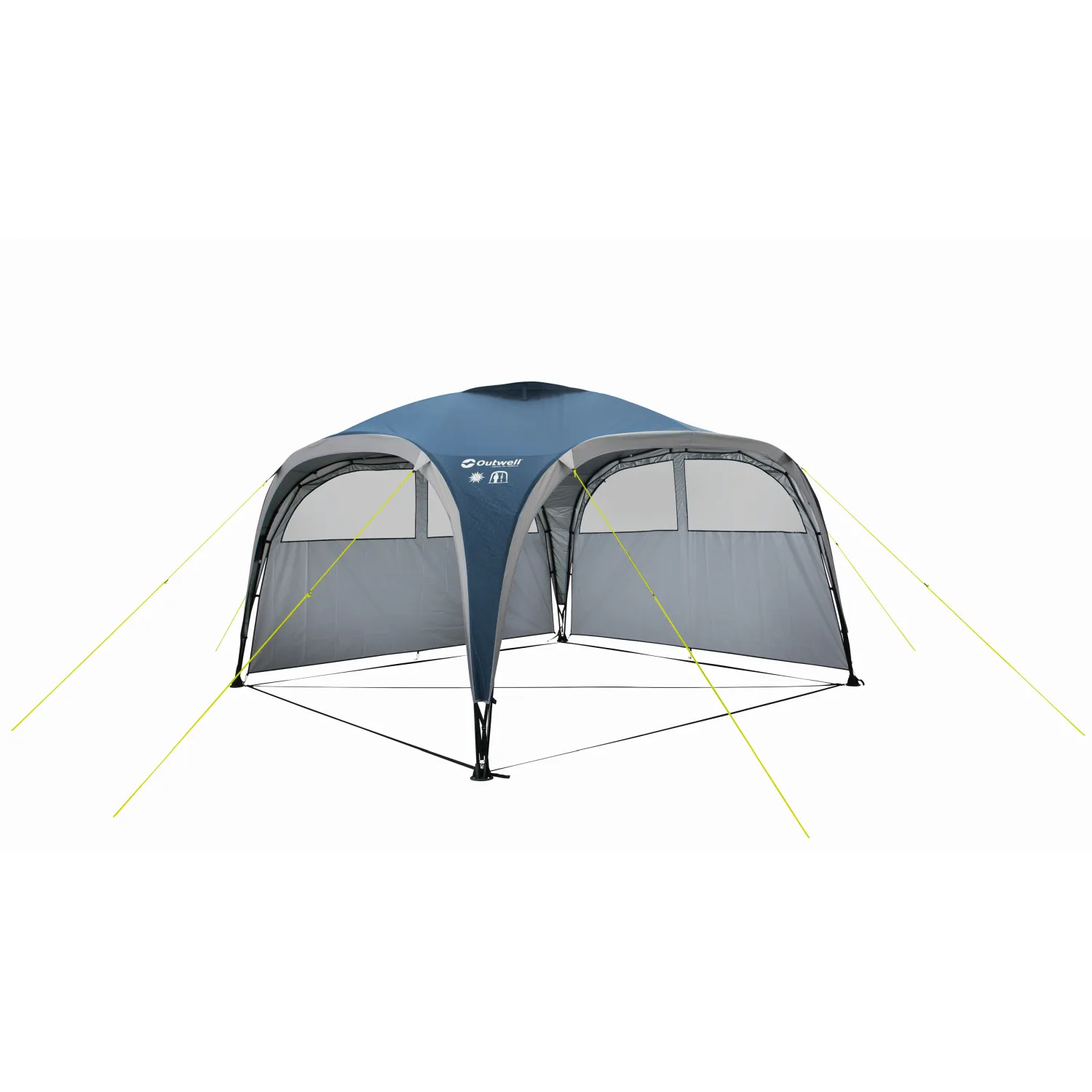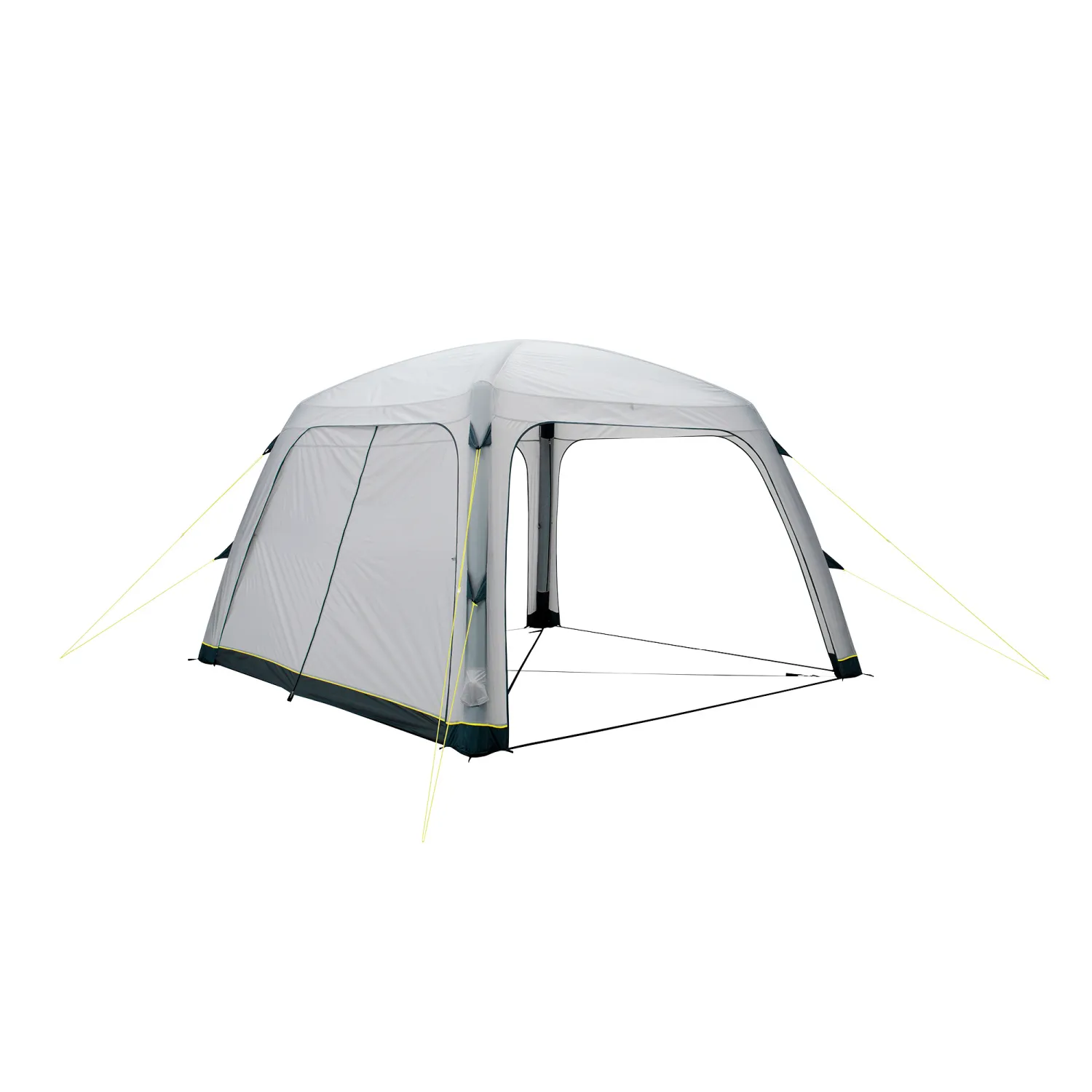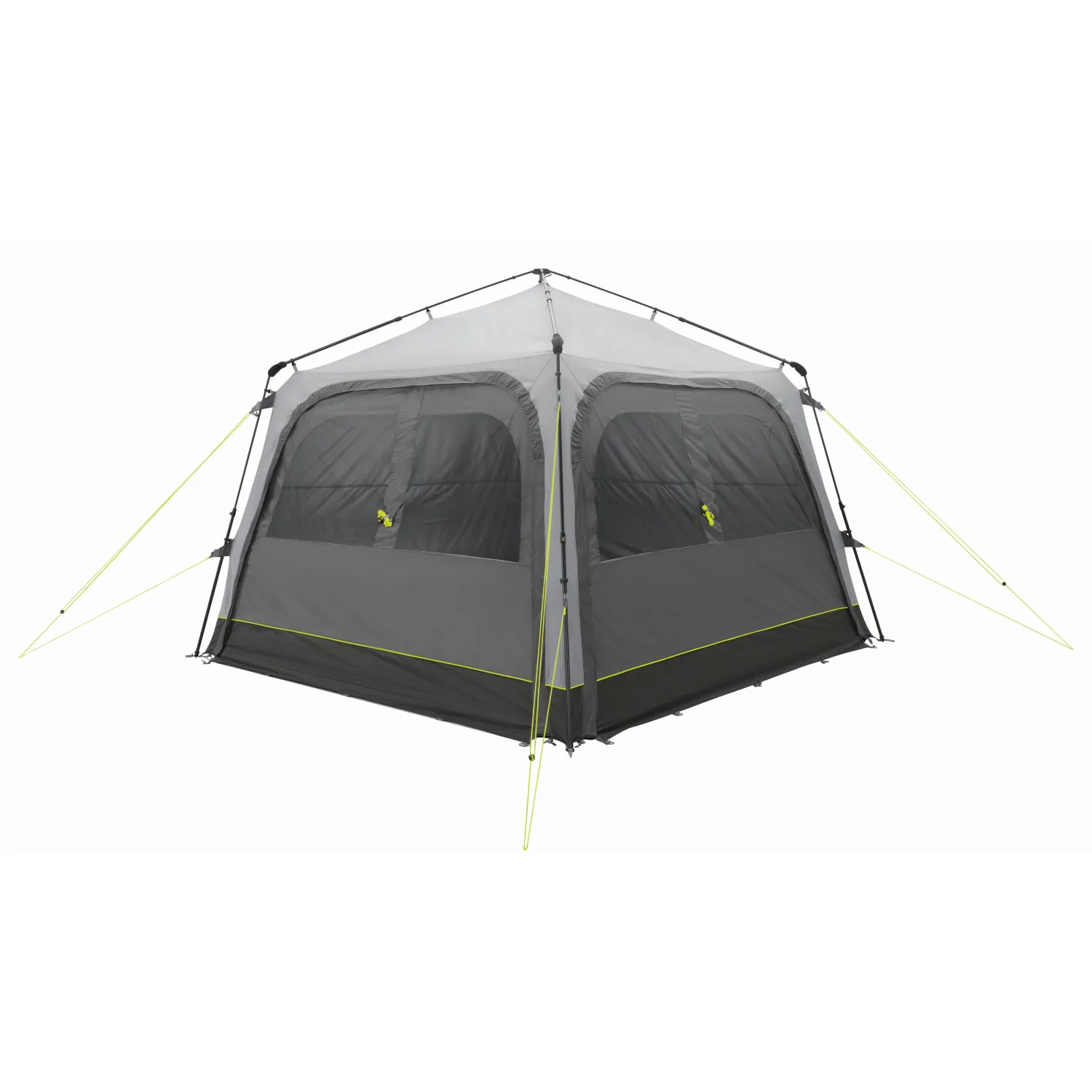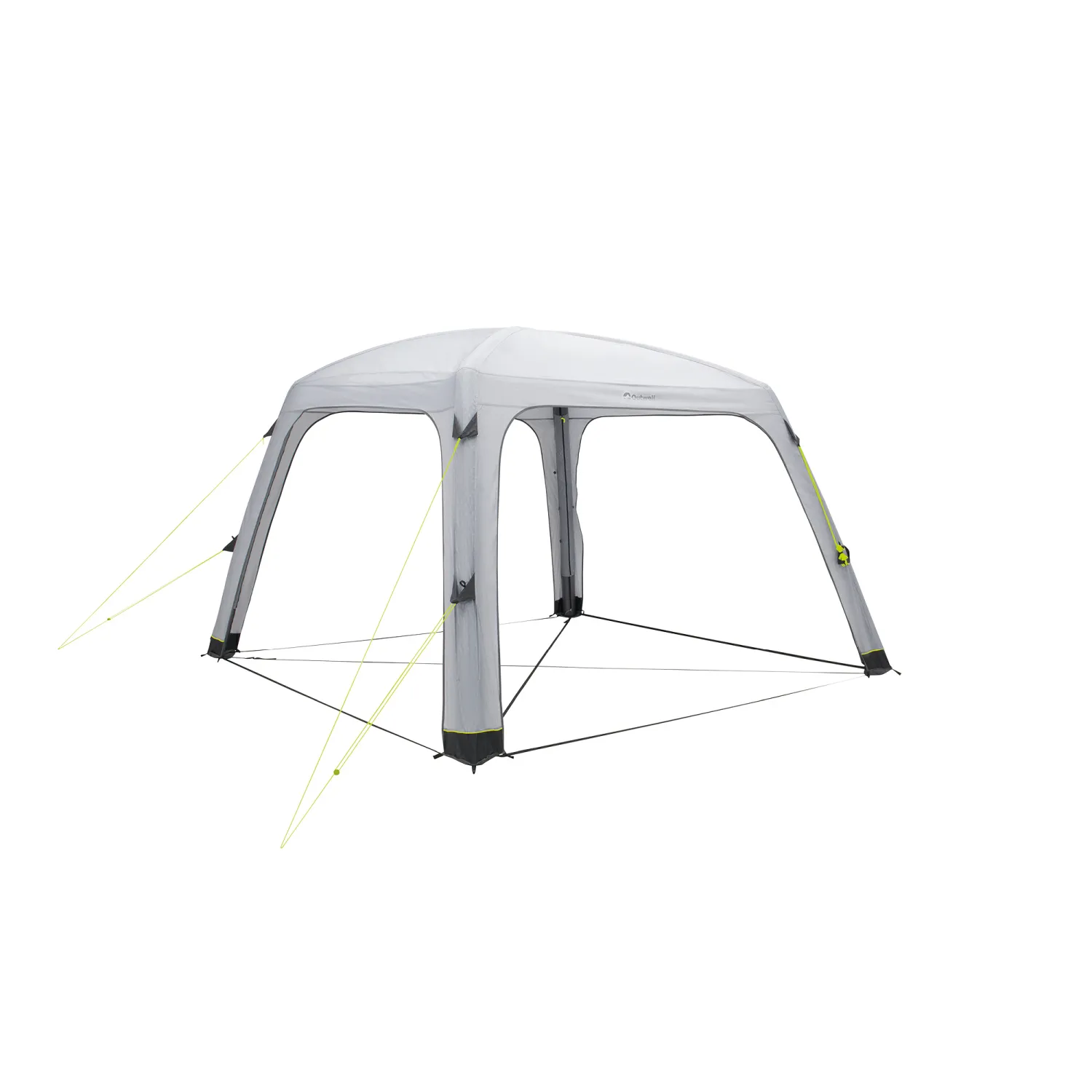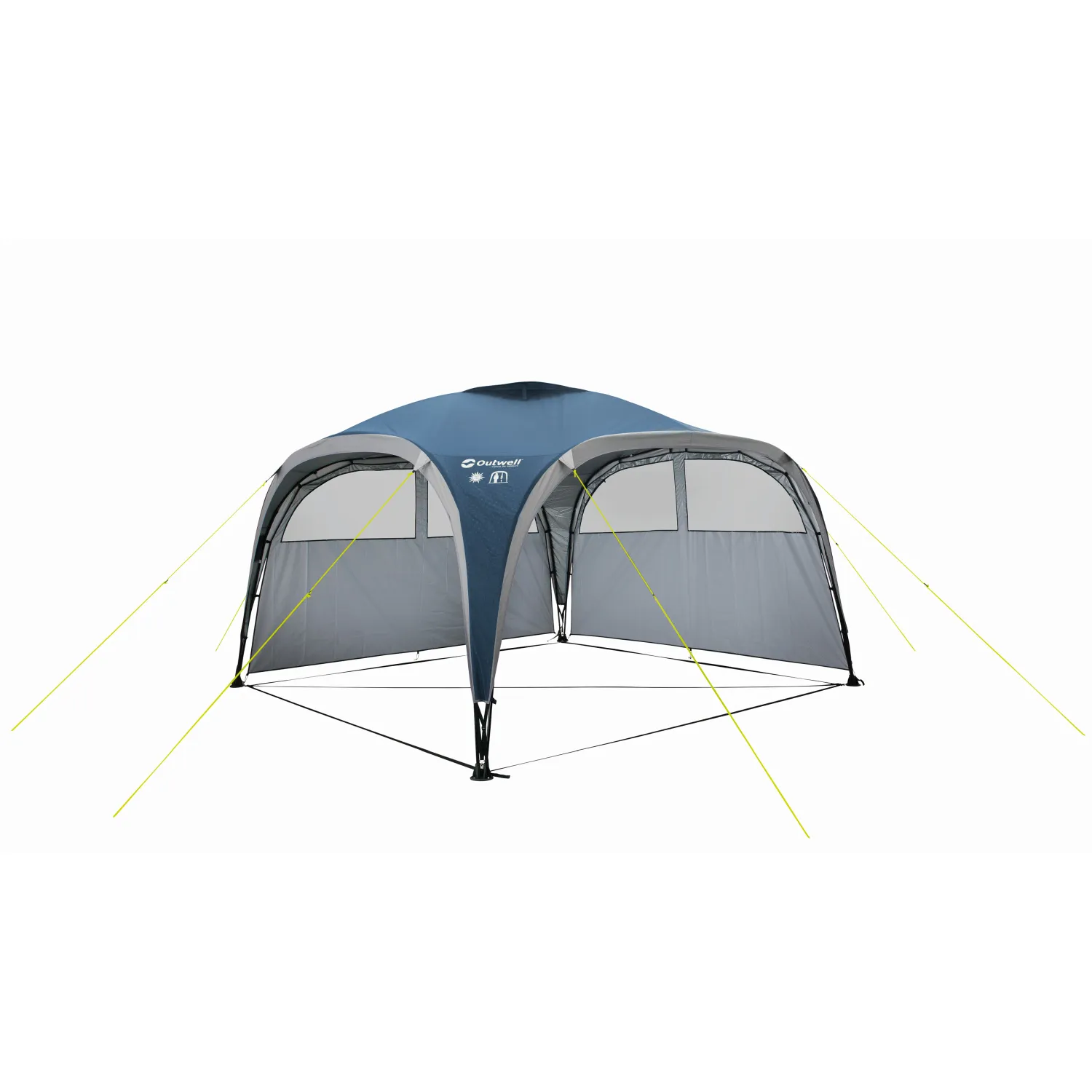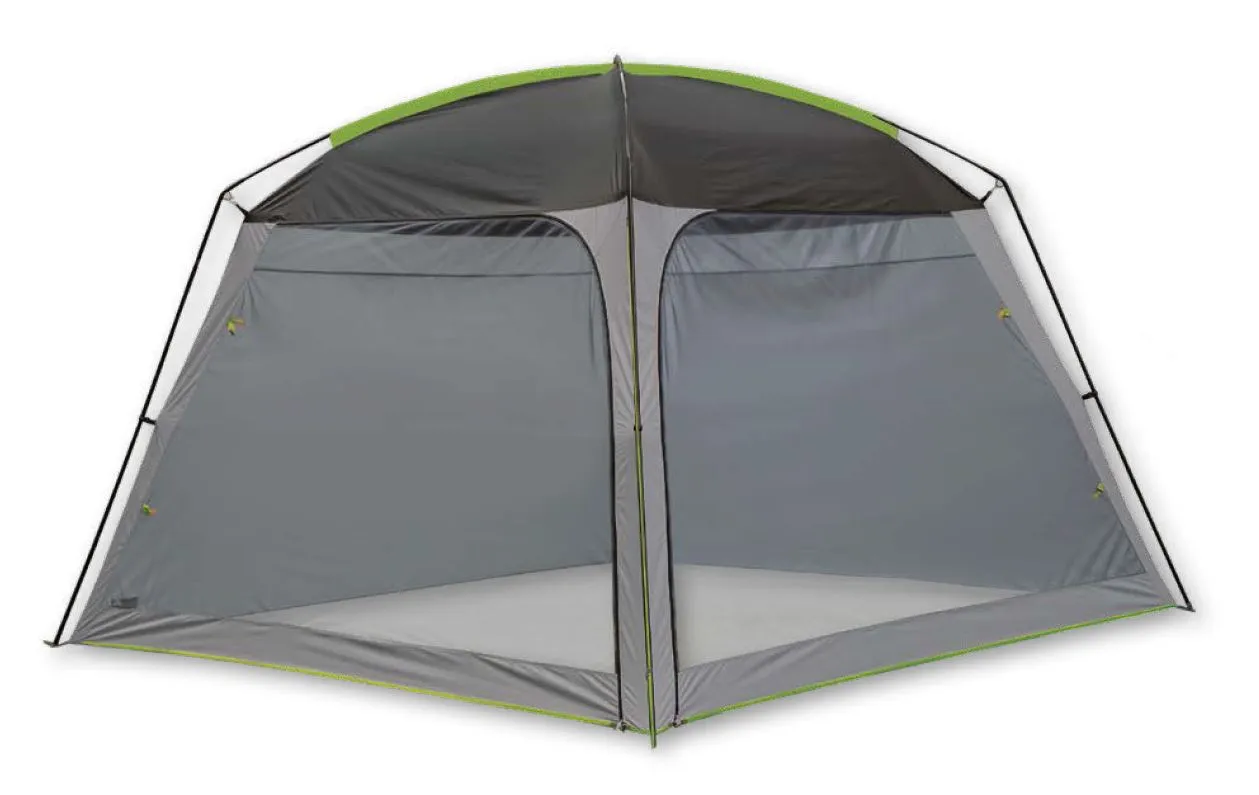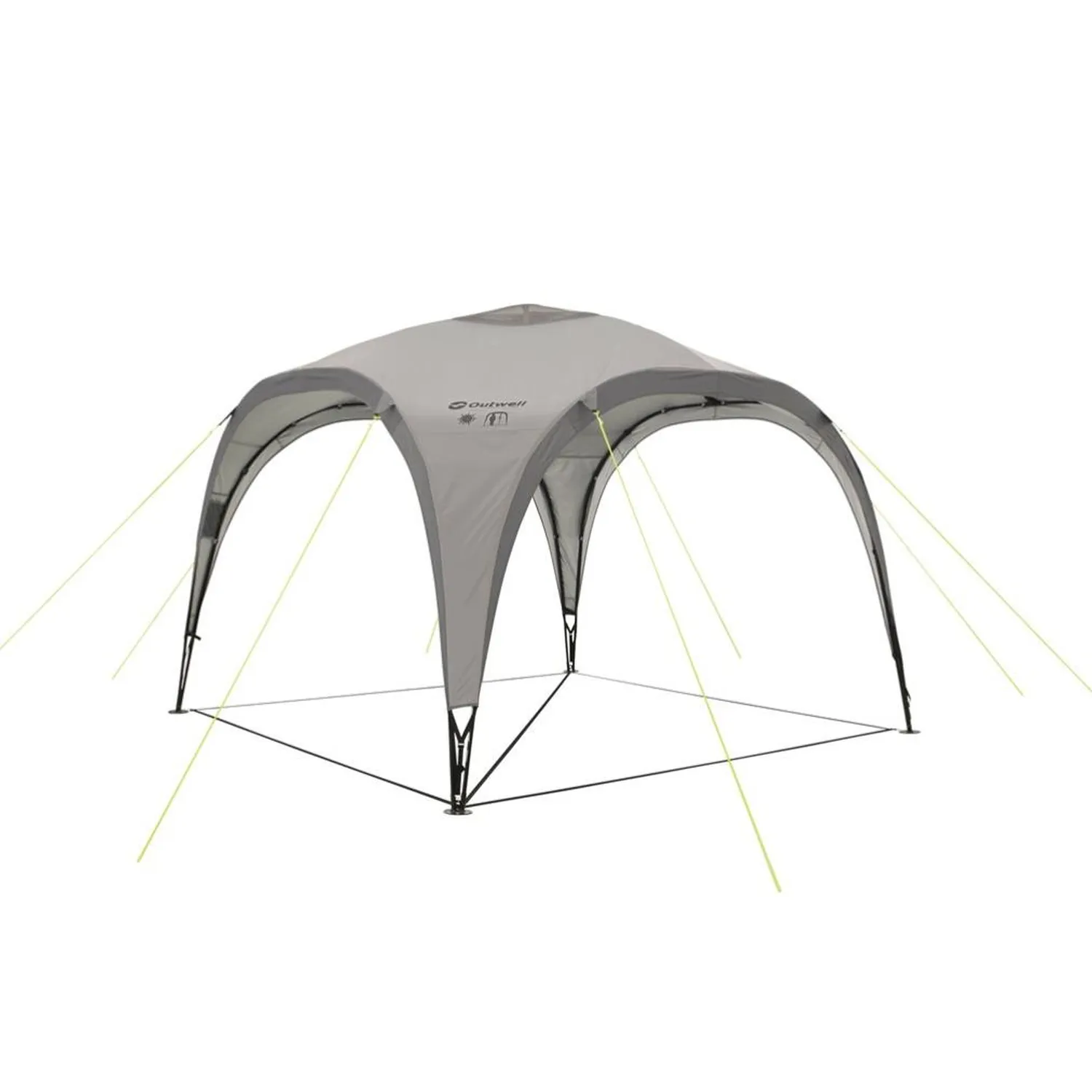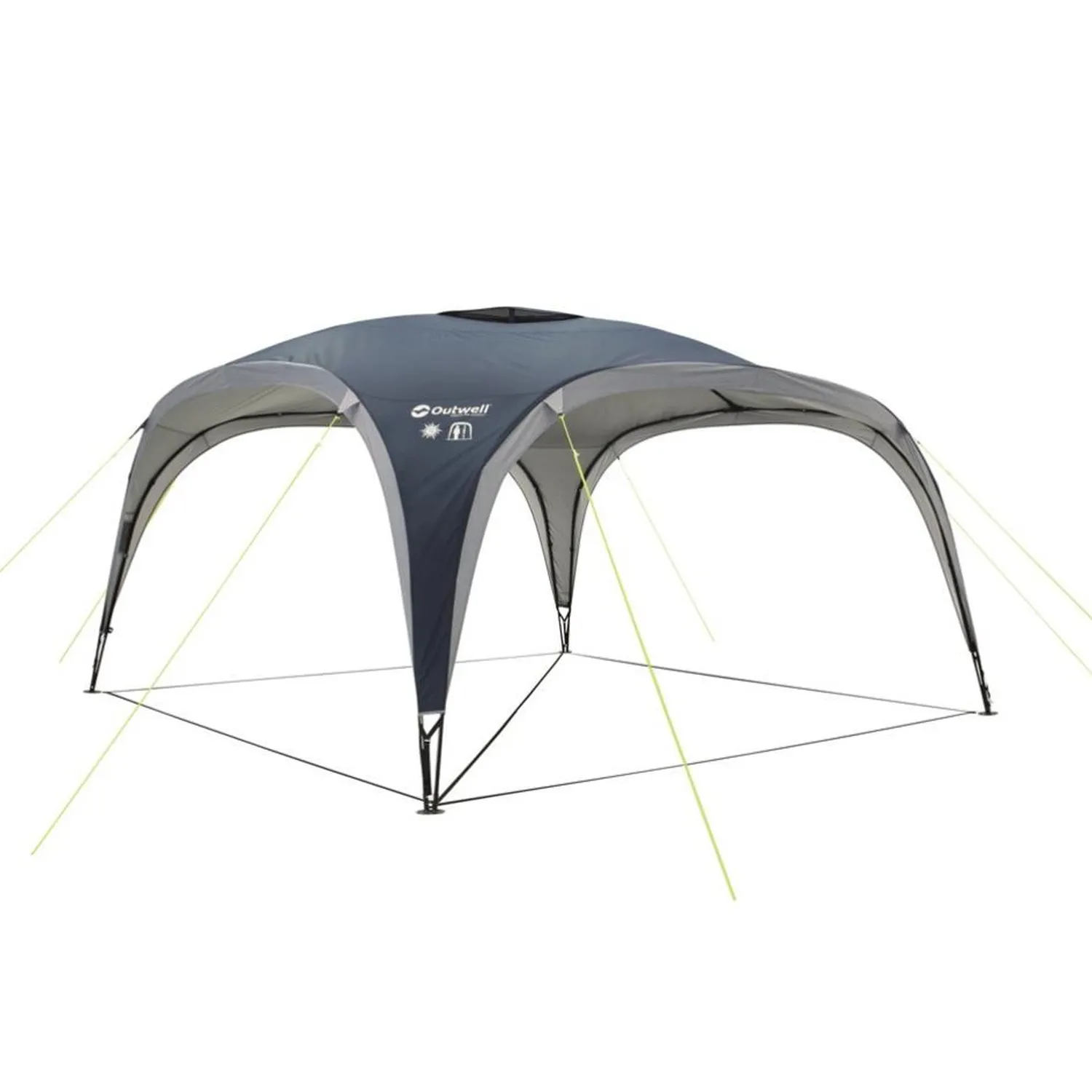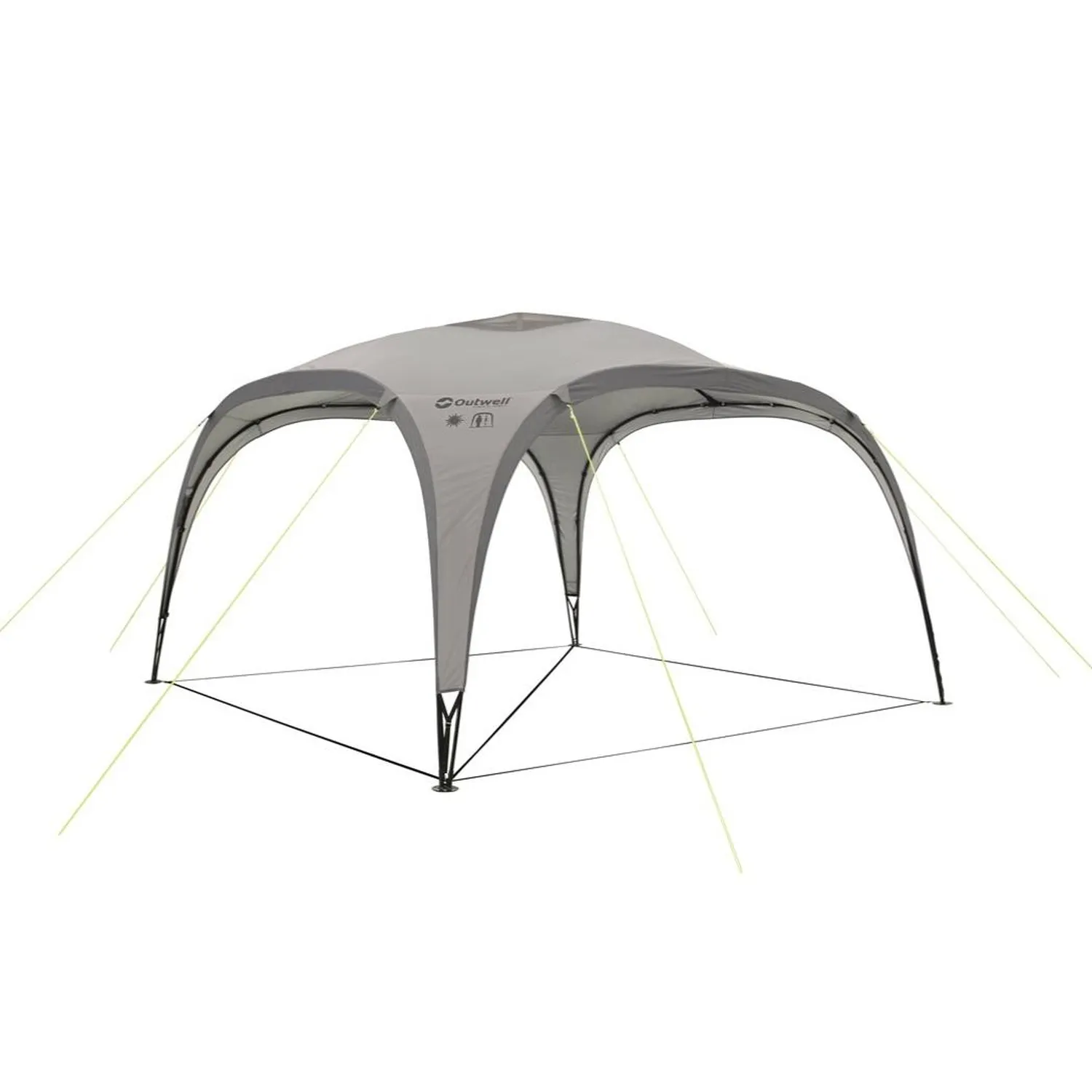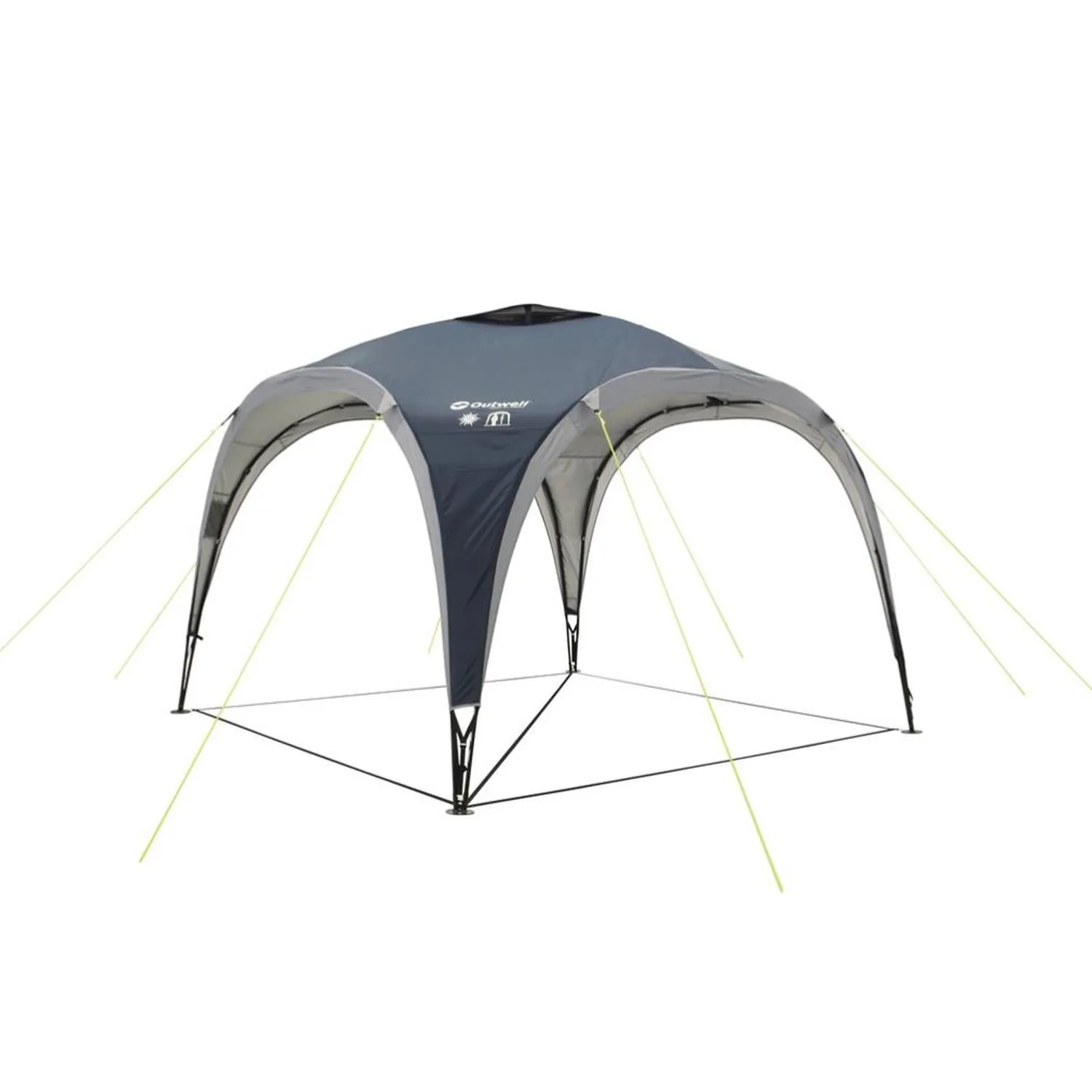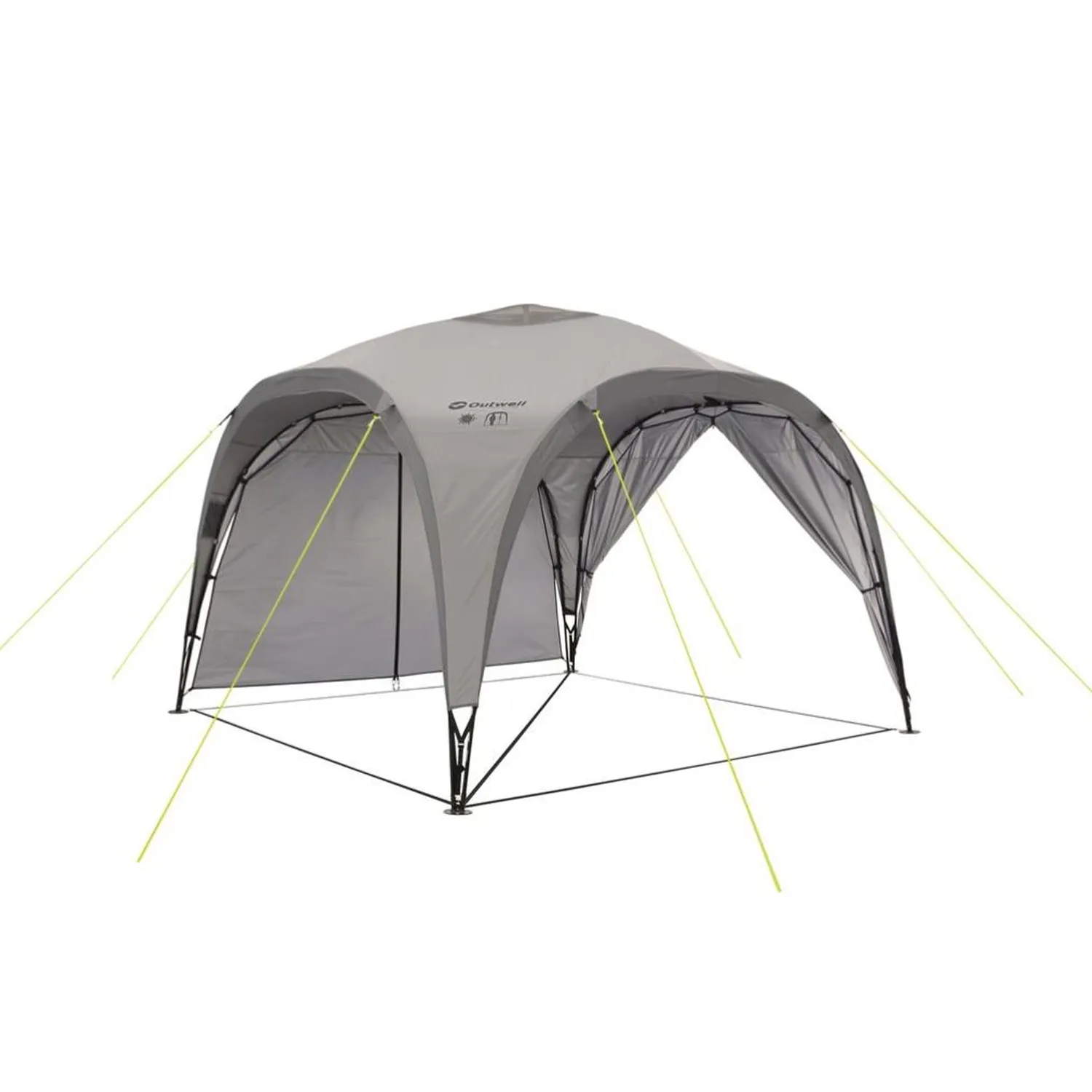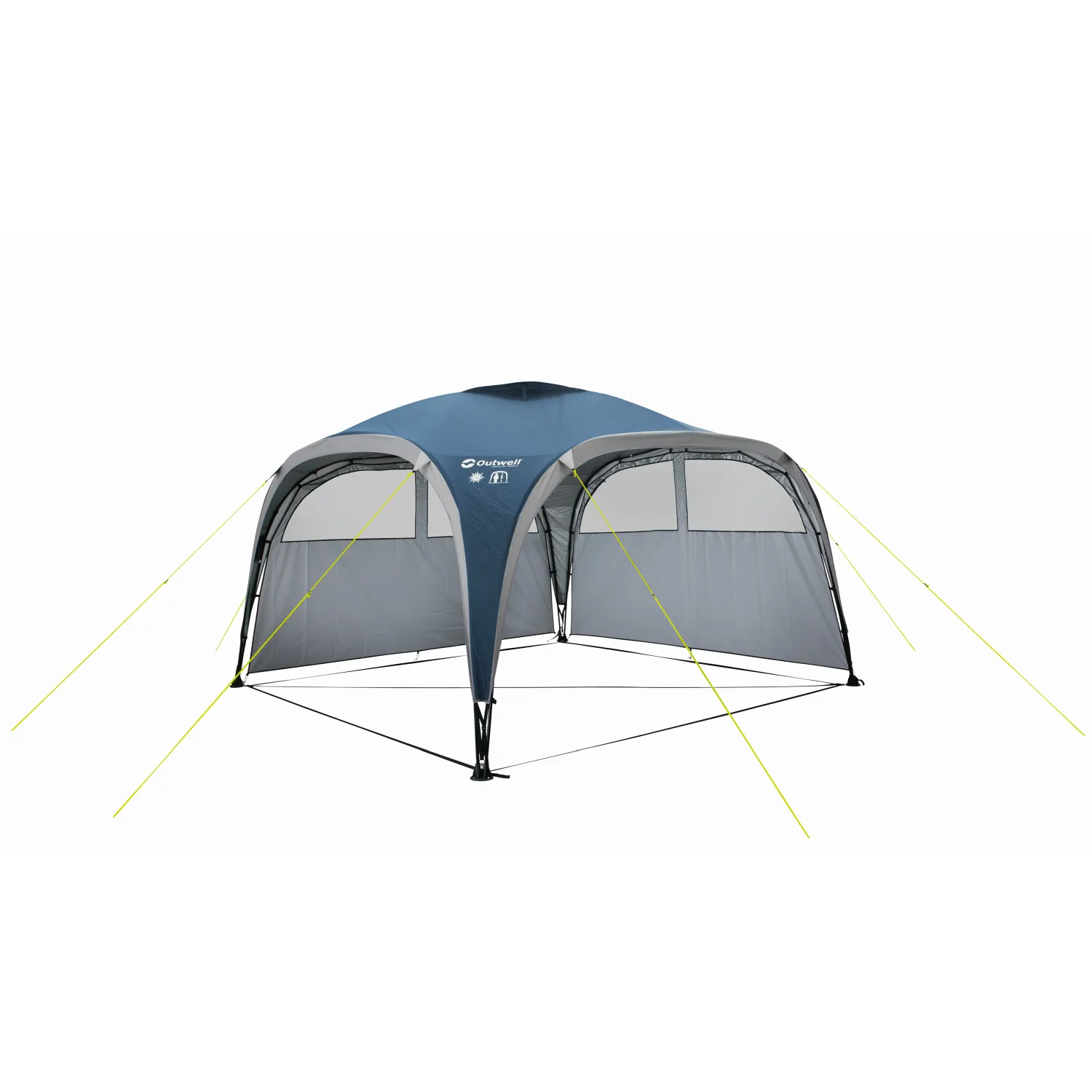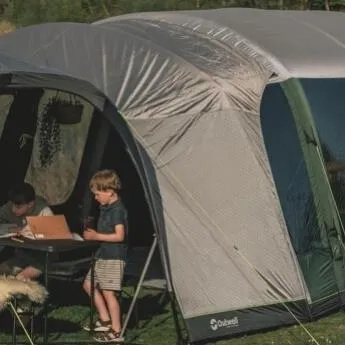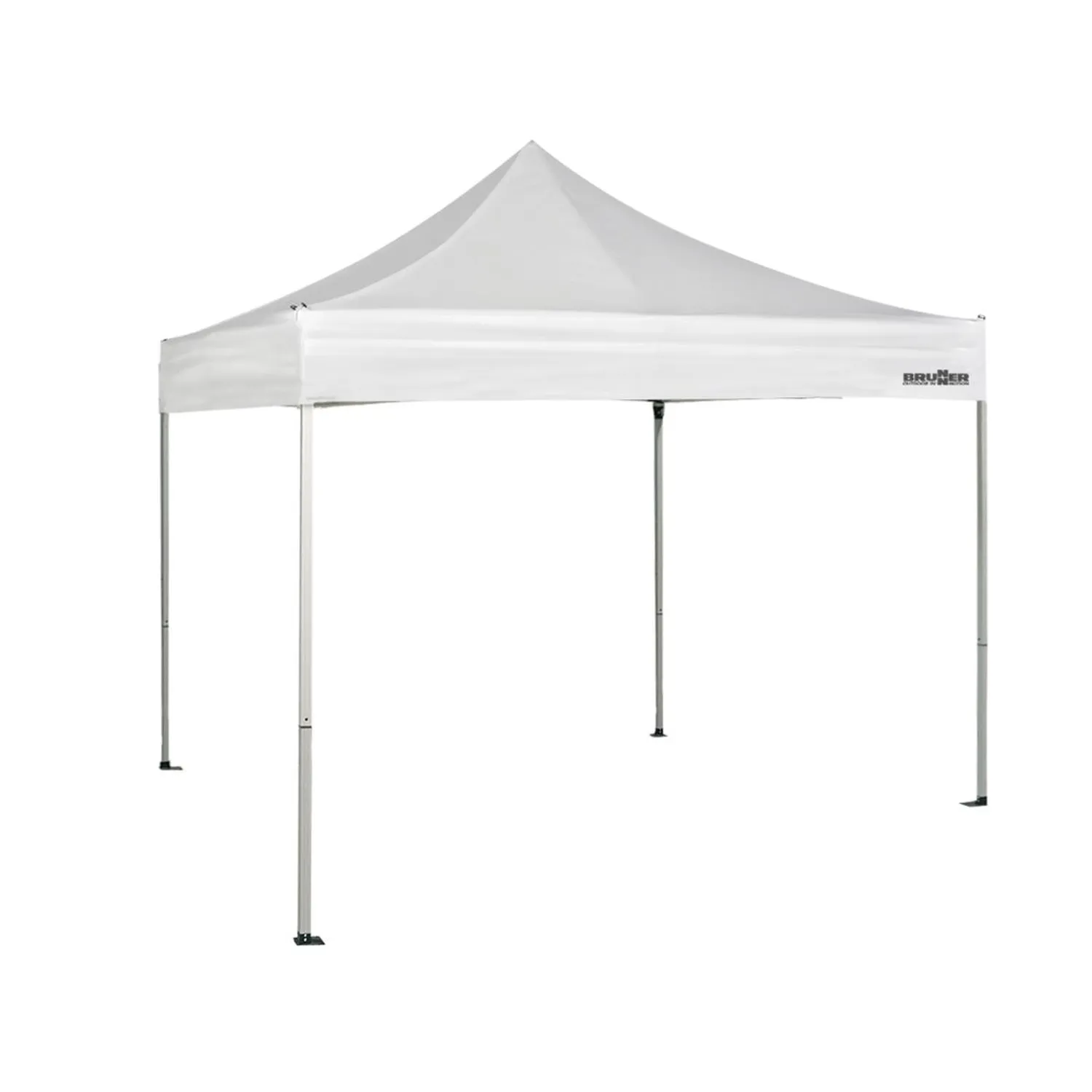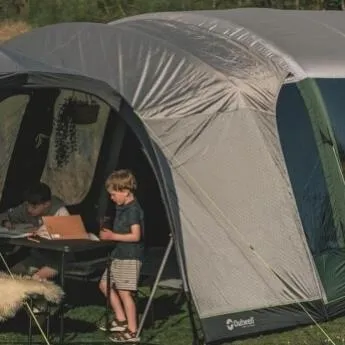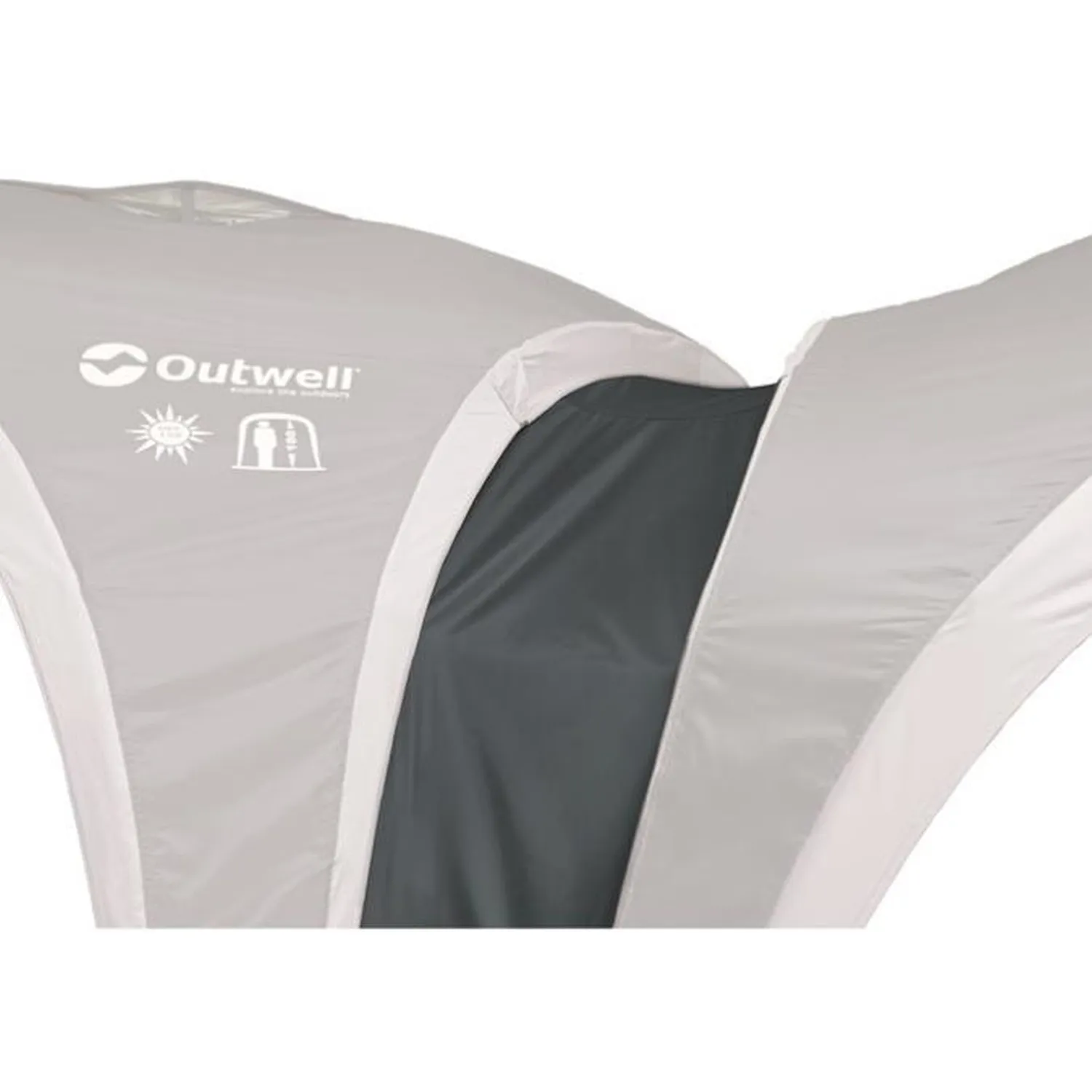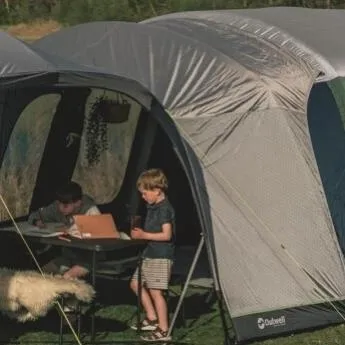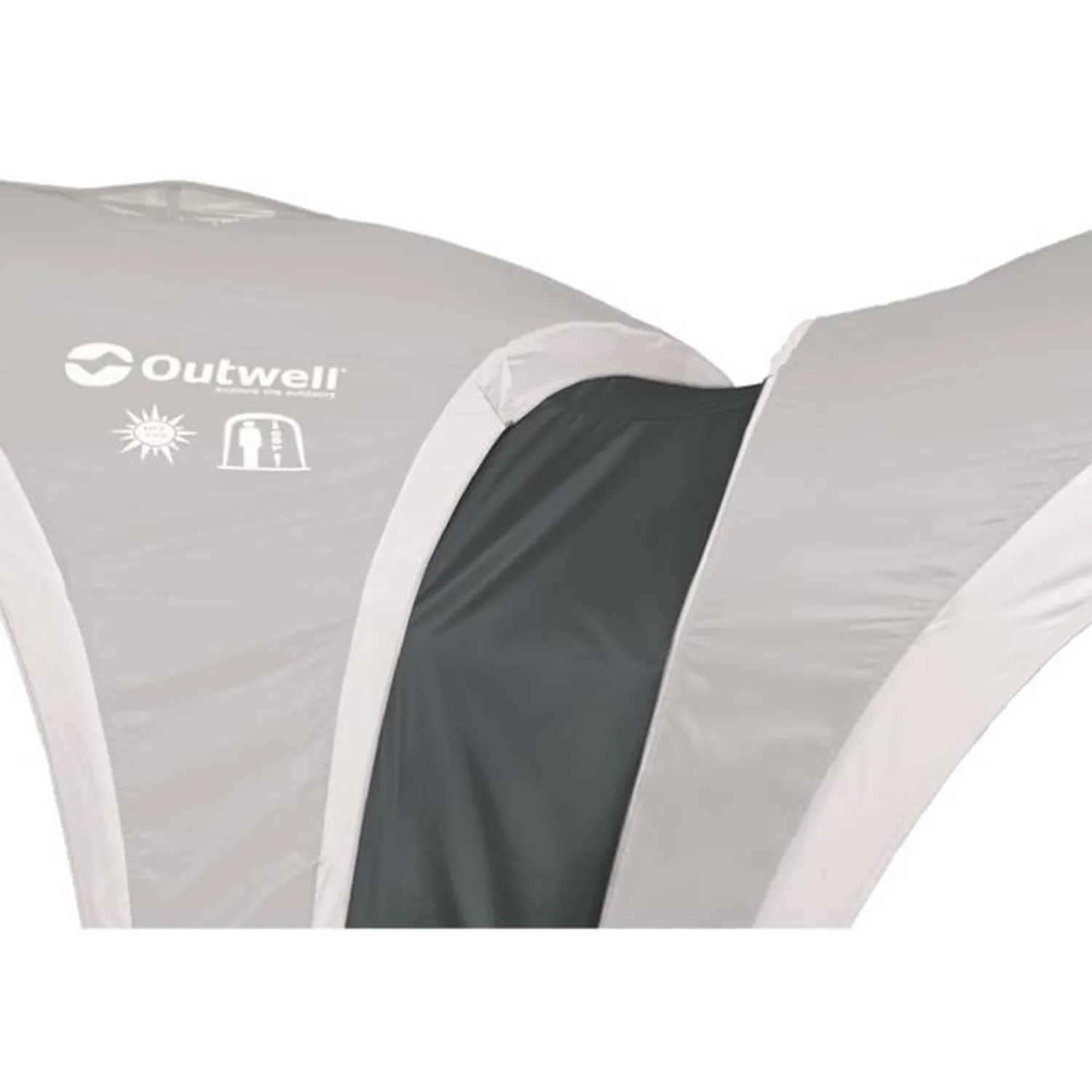Pavilions
Foldable gazebo tents for your garden, parties & camping
Everyone knows the dilemma - it's raining on the very day that your garden party should be taking place or you've planned a camping trip with the kids. Too bad, now everything falls through.
As the owner of a gazebo, you don't have to worry about the weather - you can set up the gazebo outside and use it for parties, as sun protection, a reception or a camping living room.
Overview of pavilion applications:
- Covered dining and meeting place when camping
- Waterproof roofing
- Sun protection & shade
- A place for garden parties (even in the rain)
- Sheltered retreat
- Roof for flea market sales
- Sheltered playground for children
- Reception area for weddings & co.
- Temporary shelter for motorbikes
- Sheltered space for outdoor winter parties
- Roof for the pool
- Cost-effective and flexible alternative to awnings, sun sails & co.
The right material for your garden gazebo
The material of a gazebo is usually polyester.
This material is not only extremely robust (tear and abrasion resistant), but also has a high water column. If the tent gets wet, the polyester fabric dries quickly.
The outer material is often also coated with polyurethane. This high-quality coating allows the seams to be bonded, making the tent more waterproof.
The poles can be made of fibreglass, (lightweight) steel or air tubes. These materials provide the necessary flexibility and stability even in strong winds.
Tip: Polyethylene is only suitable as a material for the gazebo if you can be sure that there are no flammable sources in the vicinity of the tent. The material is highly flammable. It is therefore not suitable for use as a barbecue tent.
Open or closed gazebo: with or without side walls
You can buy gazebos either closed or open - with or without side walls.
Open ga zebos are, as the name suggests, open all round. Only an optional mosquito net can be stretched over the open sides. The four supports provide stability. This version is particularly pleasant in summer, as the air can circulate well and the tent provides sufficient shade and insect protection.
However, when it gets cooler or it starts to rain, it becomes uncomfortable in an open gazebo.
Closed ga zebos have "proper" side walls. These gazebos tend to be more stable. They are closed on one or more sides, but you can also open them and use them as open gazebos without any problems.
These walls also protect against rain and wind or colder temperatures. In summer, however, heat can build up in the tent, but this can be quickly remedied using ventilation slits or the removable side walls.
Waterproof party tents
When buying your gazebo, make sure that it is waterproof. Because even if you only intend to use the tent in summer and when the weather is nice, you certainly don't want to be caught out in a downpour. After all, who wants to celebrate when it's dripping through the tent ceiling onto your guests, food and drinks?
You can tell whether your gazebo is waterproof by the water column. A tent is considered waterproof if the water column has a value of at least 1500 mm.
In particularly rainy regions, you should aim for a water column of 3000 mm to be on the safe side.
Your checklist for buying a gazebo
- What material is the gazebo made of?
- How high is the water column - is the tent waterproof?
- Should the party tent have side walls?
- What do you want to use the tent for?
- In which season do you want to use the gazebo?
- How many people will fit in the tent?
- Does the gazebo fit in your garden?
Fixed or folding gazebo - which is better?
You need and want a gazebo, that much is clear. But are you still hesitating as to whether you should opt for a folding gazebo or invest in a fixed gazebo?
We've taken a closer look at the two types and compared them for you:
Flexible folding gazebo
Folding gazebos are very practical - you can take them with you to your flea market sale, your best friend's wedding reception, festival or camping holiday. The areas of use are almost unlimited. It can be set up and taken down quickly and protects you from wind and weather with or without side walls.
You can set up the pavilion (almost) anywhere you like and don't need a licence.
Your wallet will also be happy, as the folding gazebo is significantly cheaper than its fixed counterpart.
Although it is easy to attach, its Achilles heel is its stability. In particularly strong storms, the tent can come loose if it is not adequately secured.
Fixed pavilion
The fixed gazebo, on the other hand, is very stable - after all, it is firmly anchored to the ground. Even strong winds will not blow it over or send it flying onto the neighbour's property. However, this stability comes at a price: the gazebo cannot be moved. If you no longer like it in this position, it is very time-consuming to convert it.
Speaking of conversion and erection - before erecting it, you must first obtain permission as to whether you are allowed to erect it in your desired location - including with sufficient distance from the neighbour.
You also cannot transport it. The uses are limited - you cannot use the canopy for flea markets, camping or receptions elsewhere.
Last but not least, the fixed gazebo costs significantly more and requires more maintenance as it is exposed to the elements all year round.
| Folding gazebo | Fixed gazebo | |
|---|---|---|
| Stability | High | Higher than standard folding gazebos |
| Flexibility | ✓ | ✕ |
| Must be authorised | ✕ | ✓ |
| Waterproof | ✓ | Depending on roof type |
| Side walls | With or without | Usually without |
| Windproof | Depending on wind force | ✓ |
| Transportable | ✓ | ✕ |

























